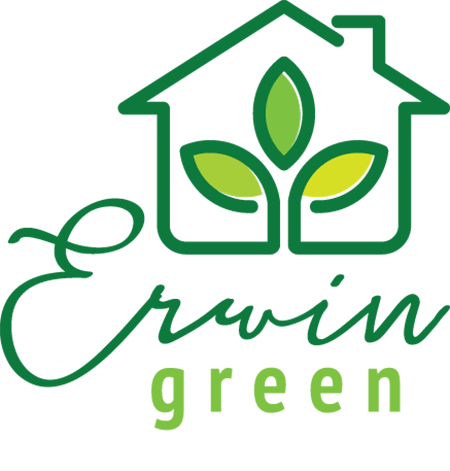The Top FIVE principles
Healthy Indoor Air
Follow these easy steps to
improve indoor air quality TODAY
- Supply enough clean, fresh outside air and reduce air pollutants and irritants inside your home
- Prevent exposure to toxic molds, yeasts and bacteria as well as dust and allergens
- Use materials with a pleasant or neutral smell
- Minimize exposure to electromagnetic fields and wireless radiation
- Use natural, nontoxic materials with the least amount of chemicals and radioactivity
Thermal and Acoustic Comfort
Follow these steps to feel
comfortable in your home
- Strive for a well-balanced ratio between thermal insulation and heat retention as well as indoor surface and air temperatures
- Use hygroscopic materials and furniture
- Keep the moisture content of new construction as low as possible
- Prefer radiant heat for heating
- Optimize room acoustics and control noise, including infrasound
Human Based Design
Nature is the ultimate standard
- Take harmonic proportion and form into consideration
- Nurture the sensory perceptions of sight, hearing, smell, and touch
- Maximize day lighting and choose non-flicker lighting sources and color schemes that closely match natural light
- Base interior and furniture design on physiological and ergonomic findings
- Promote local building traditions and craftsmanship
Sustainable environmental performance
Preserve Nature - Live Efficient
- Minimize energy consumption and use renewable energy
- Avoid causing environmental harm when building new or renovating
- Conserve natural resources and protect plants and animals
- Choose materials and life cycles with the best environmental performance, favoring regional building materials
- Provide the best possible quality of drinking water
Socially connected and ecologically sound communities
Grow your own food
- Design the infrastructure for well-balanced mixed use: short distances to work, shopping, schools, public transit, essential services, and recreation
- Create a living environment that meets human needs and protects the environment
- Provide sufficient green space in rural and urban residential areas
- Strengthen regional and local supply networks as well as self-sufficiency
- Select building sites that are located away from sources of contamination, radiation, pollutants, and noise





